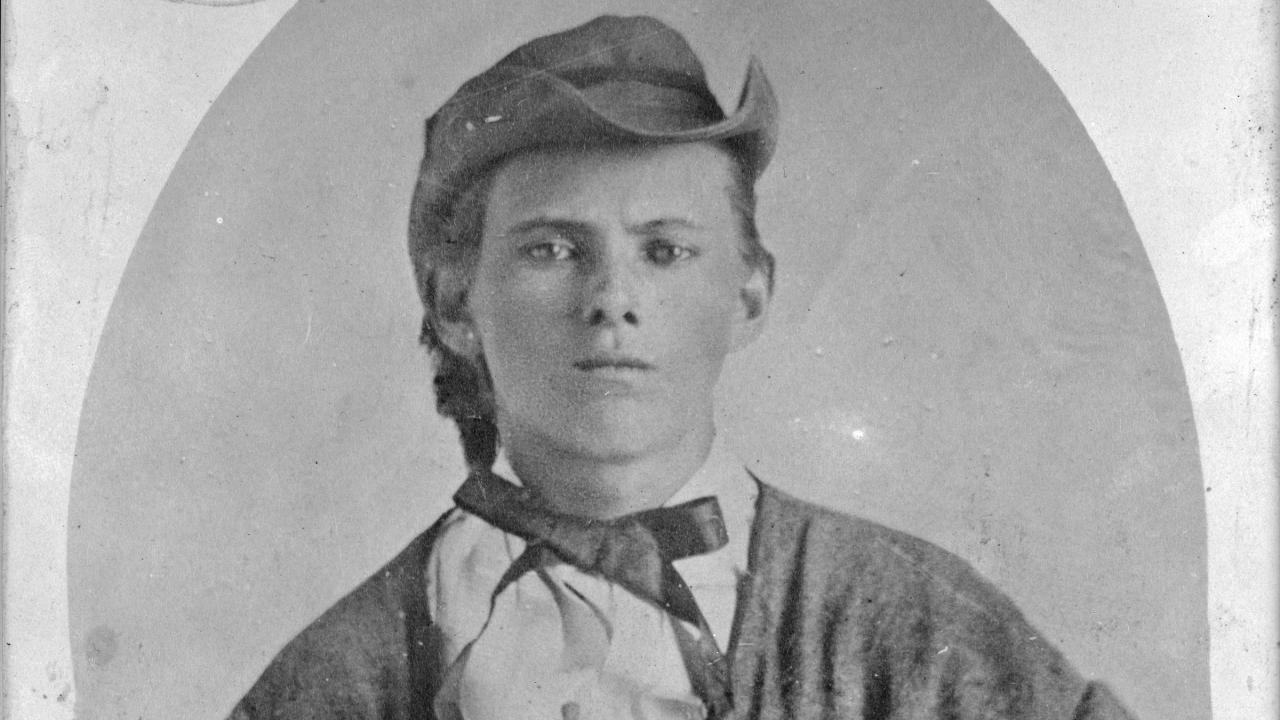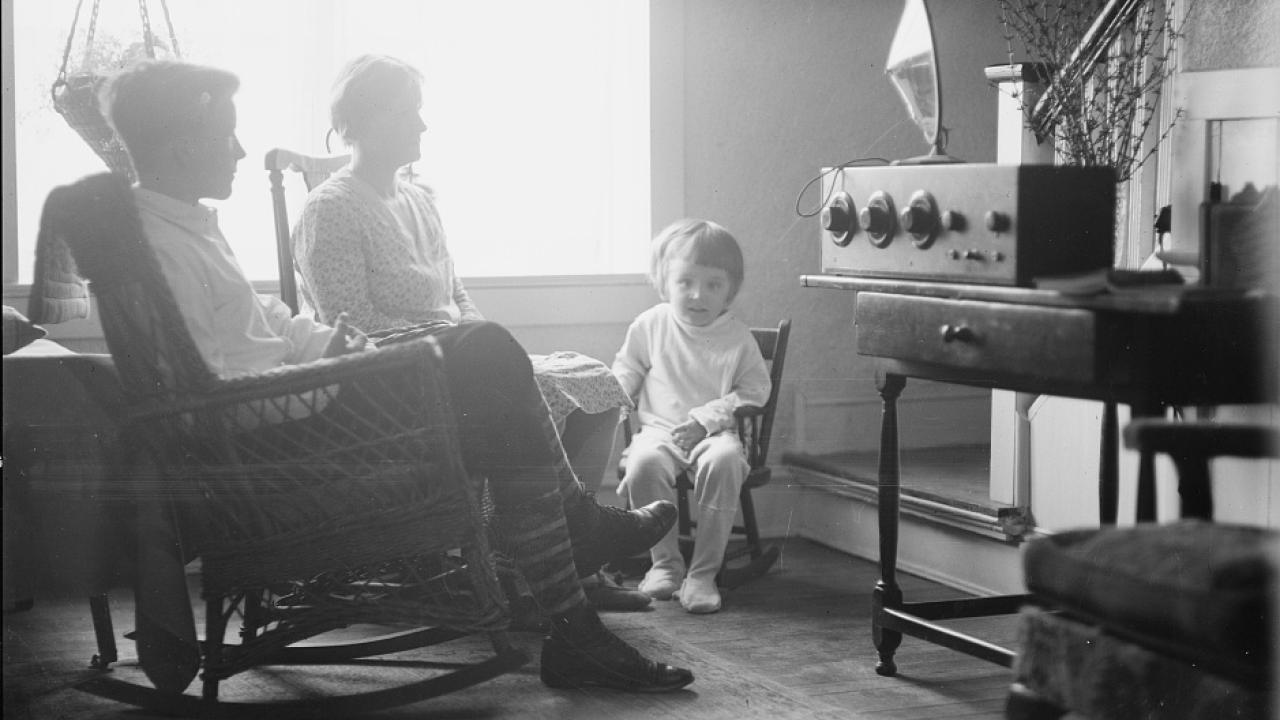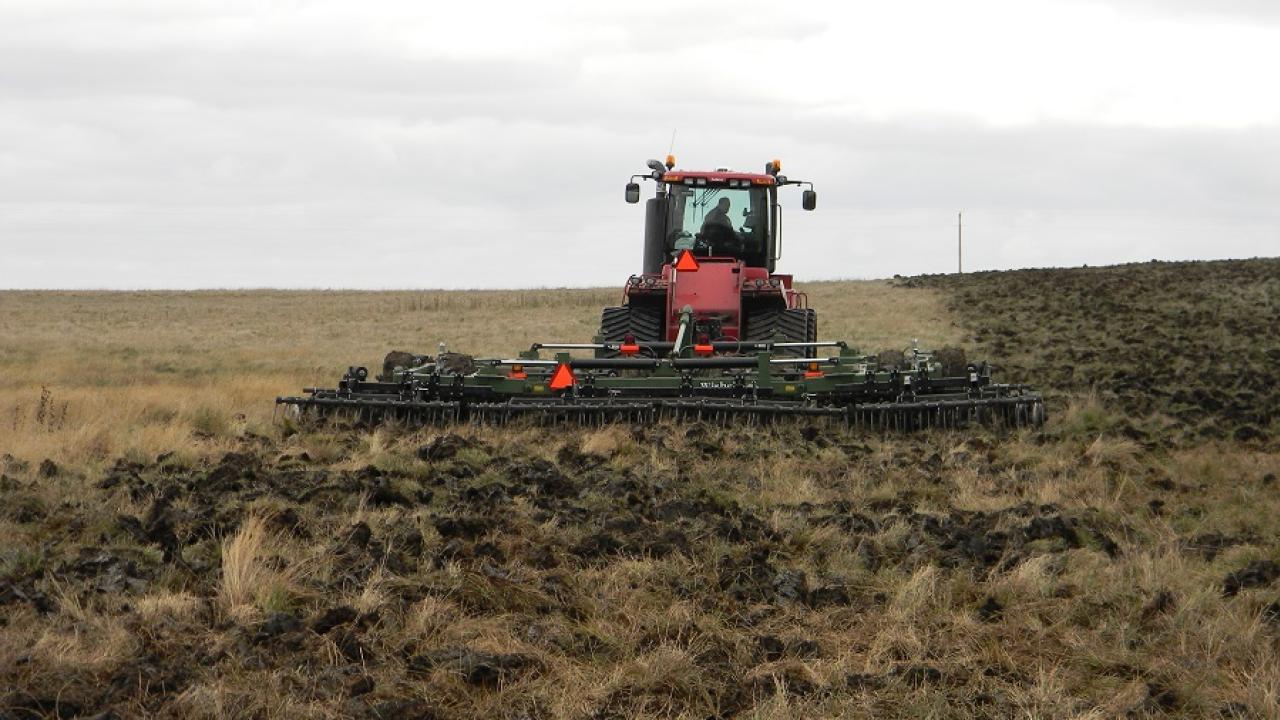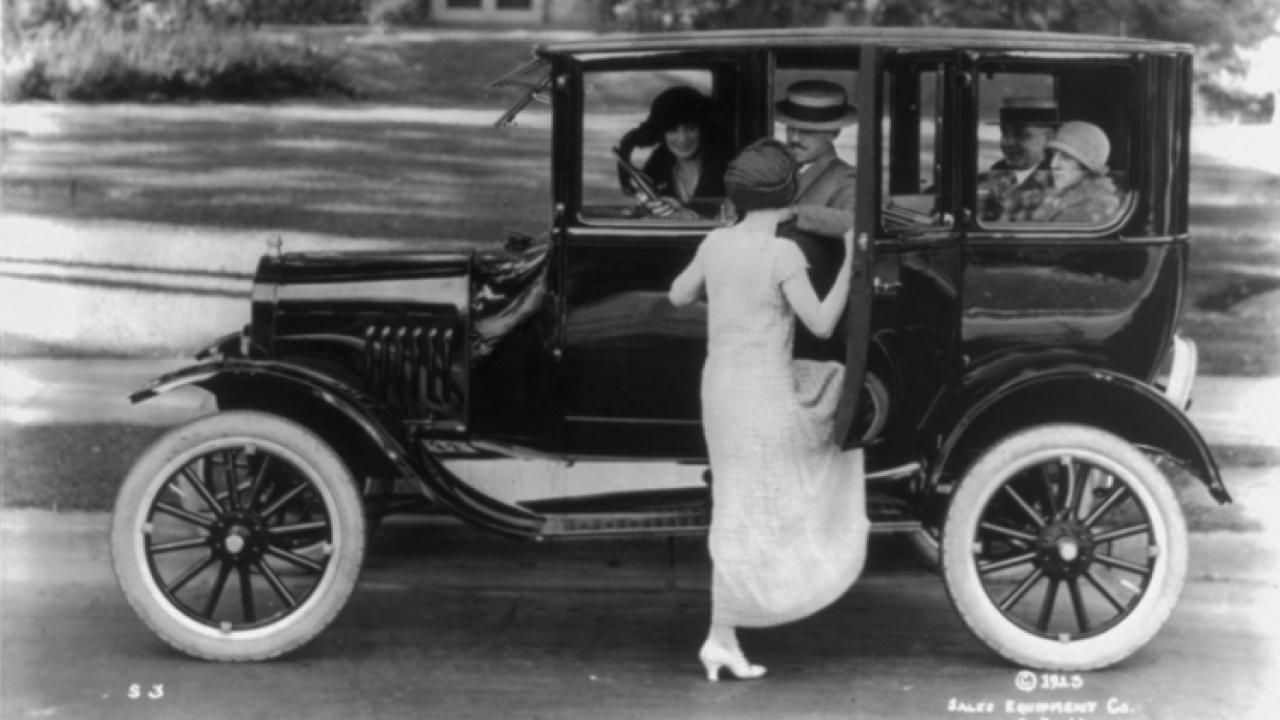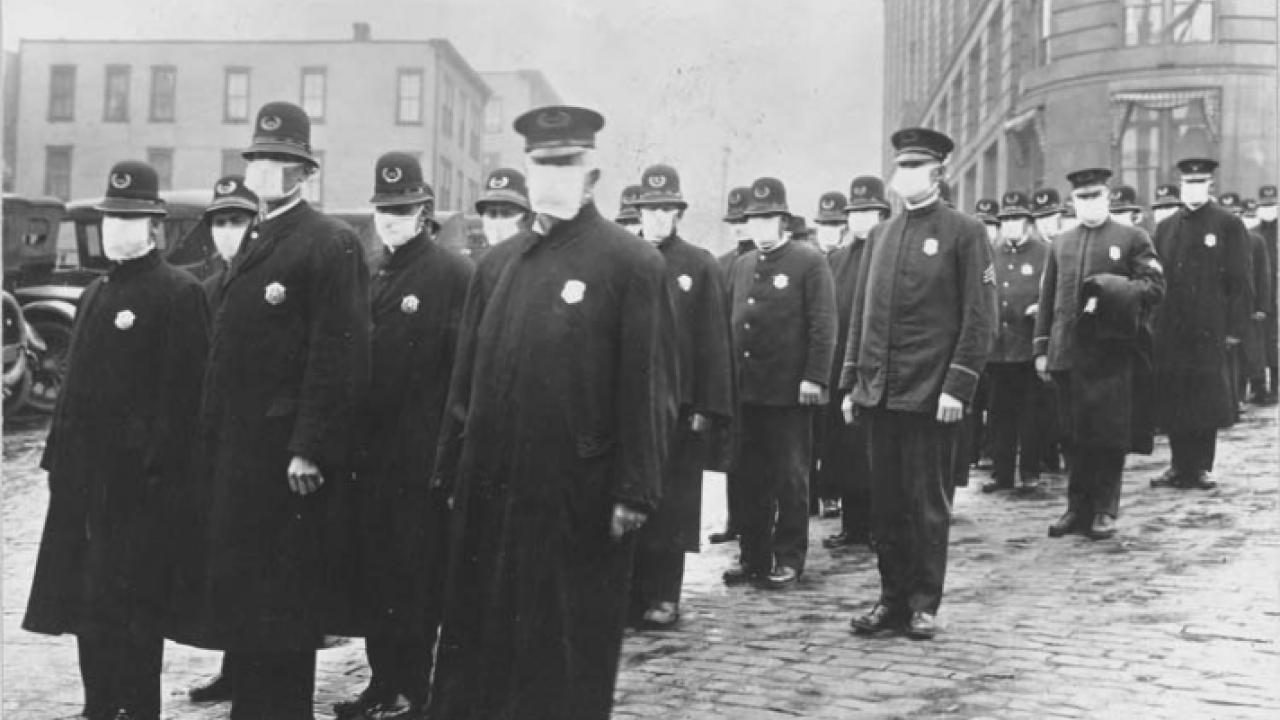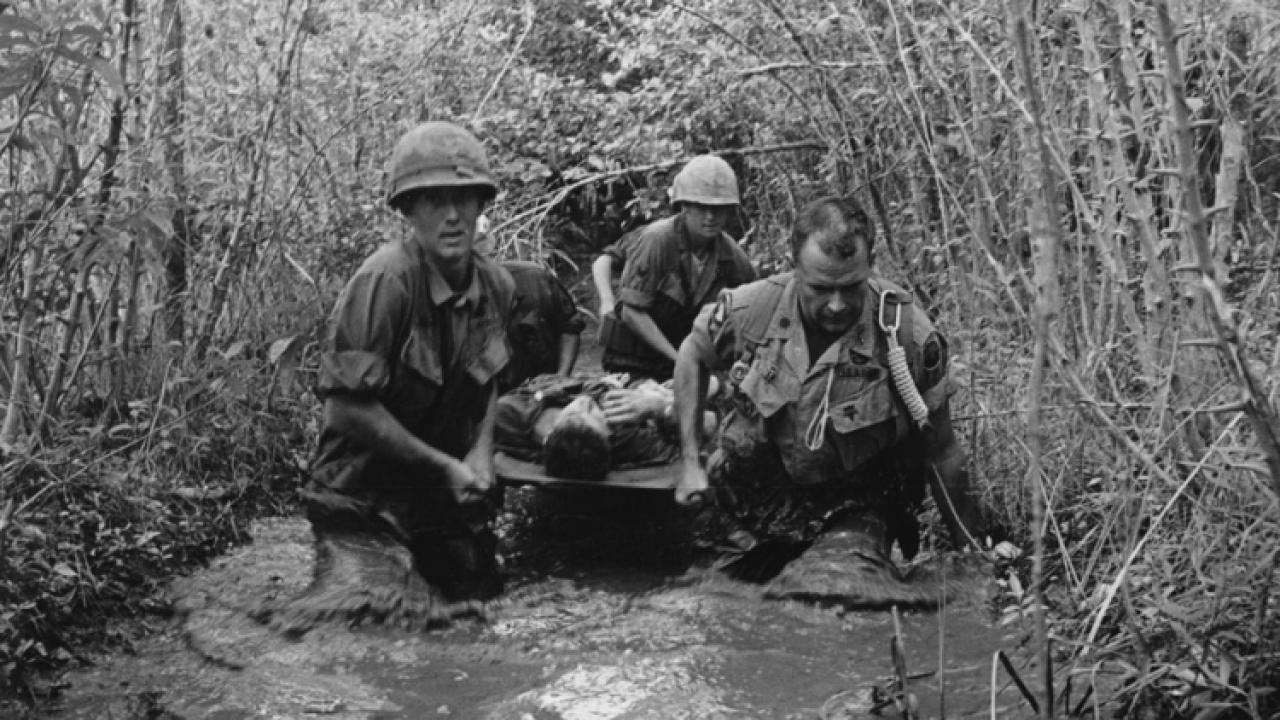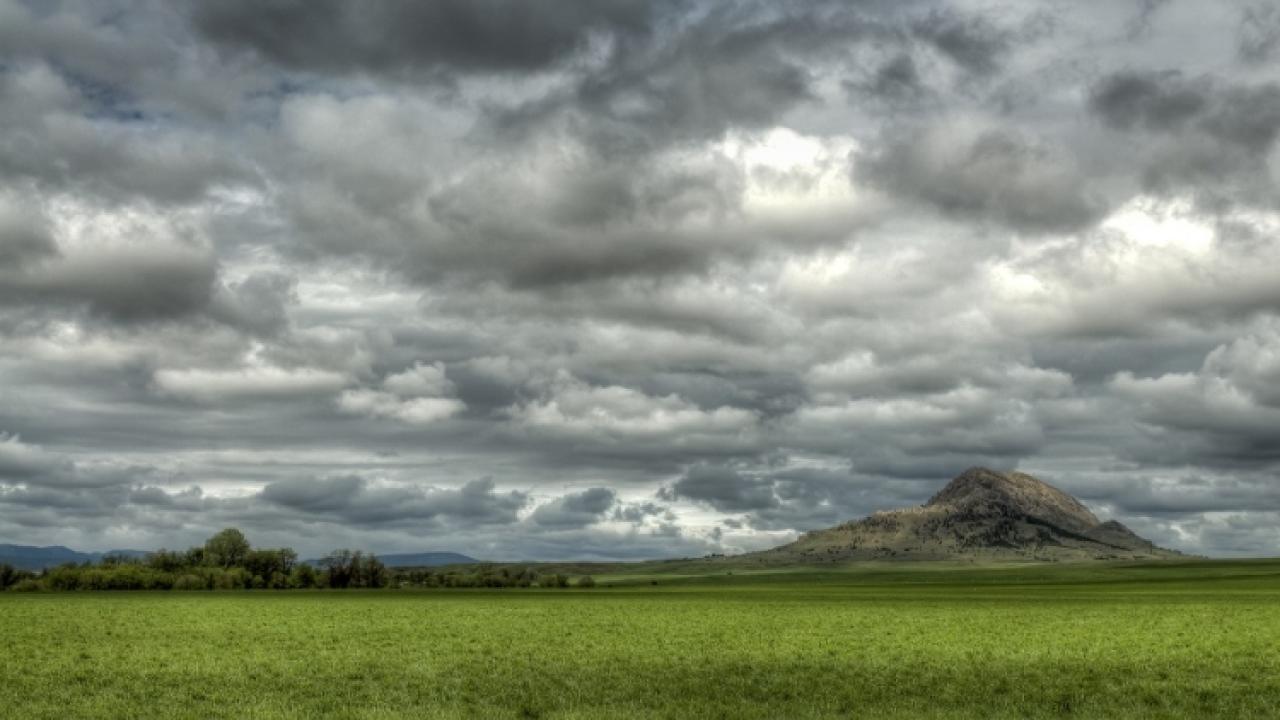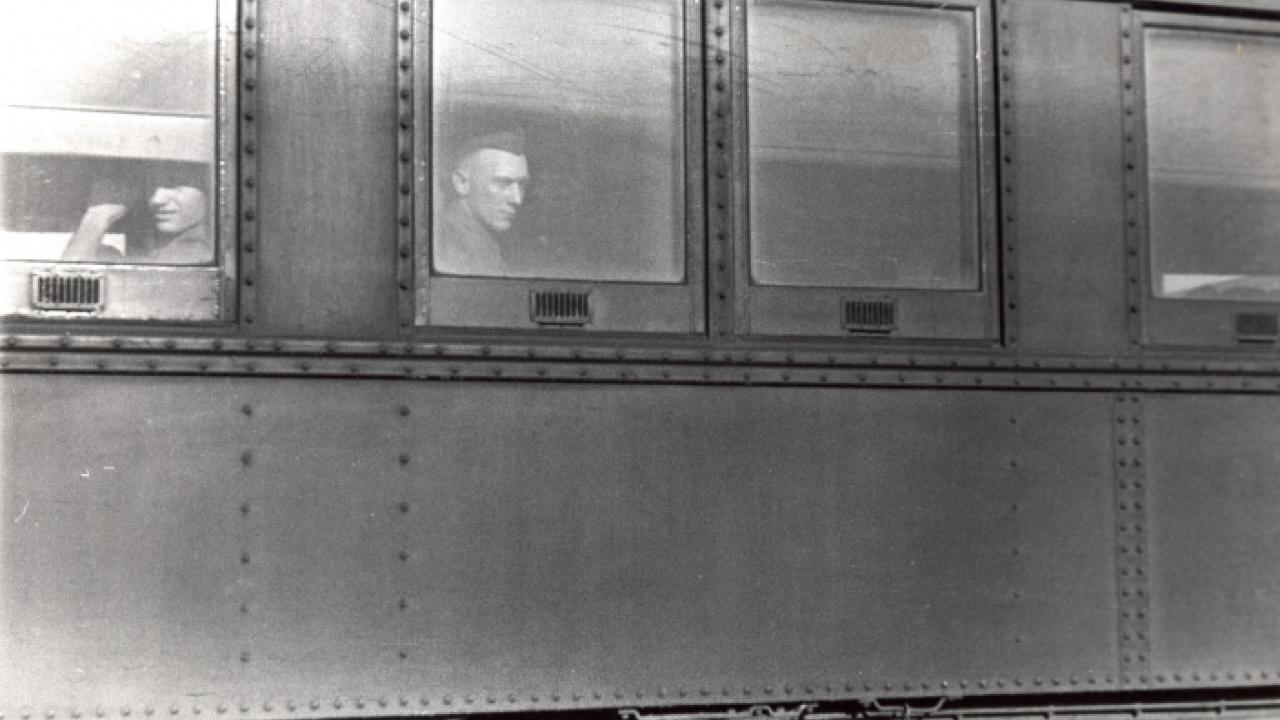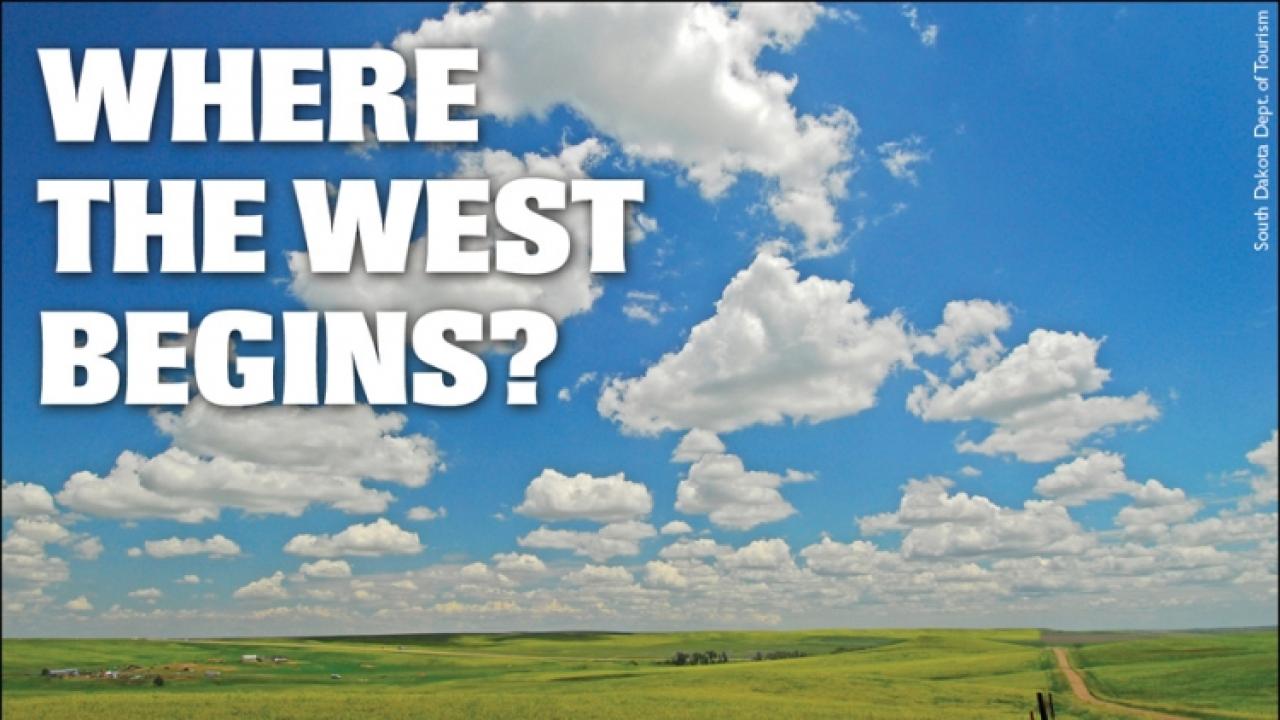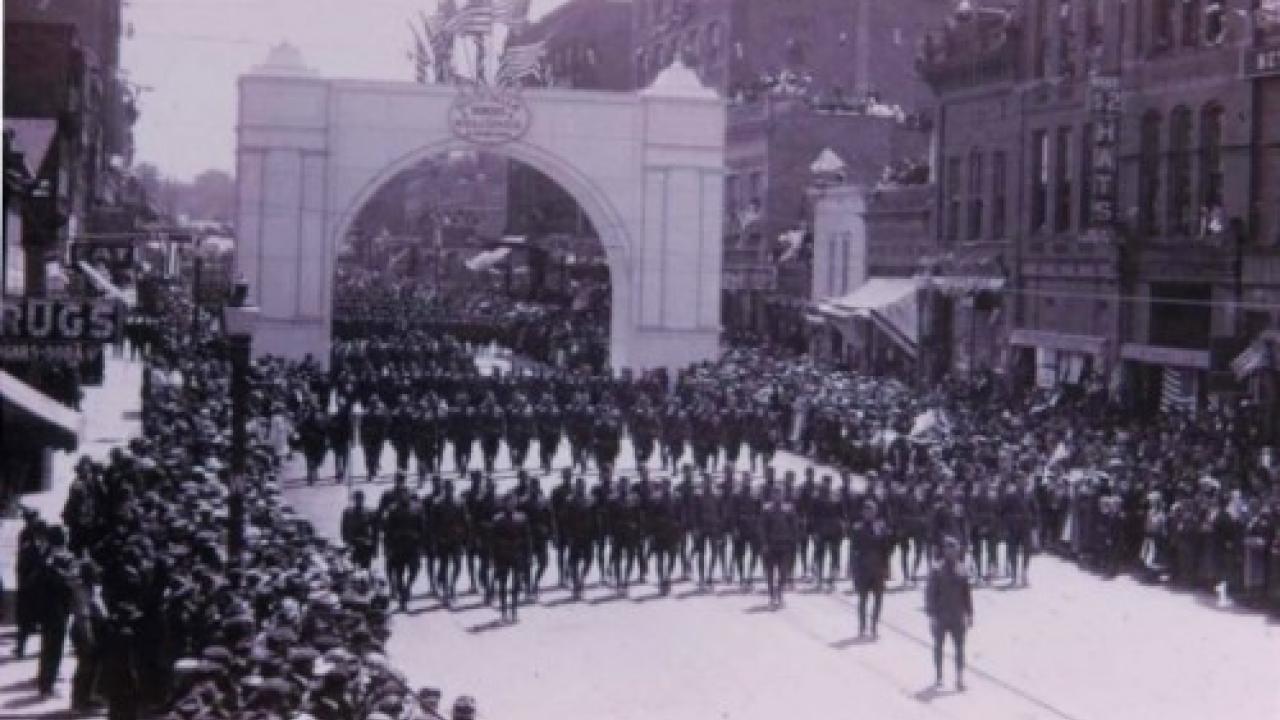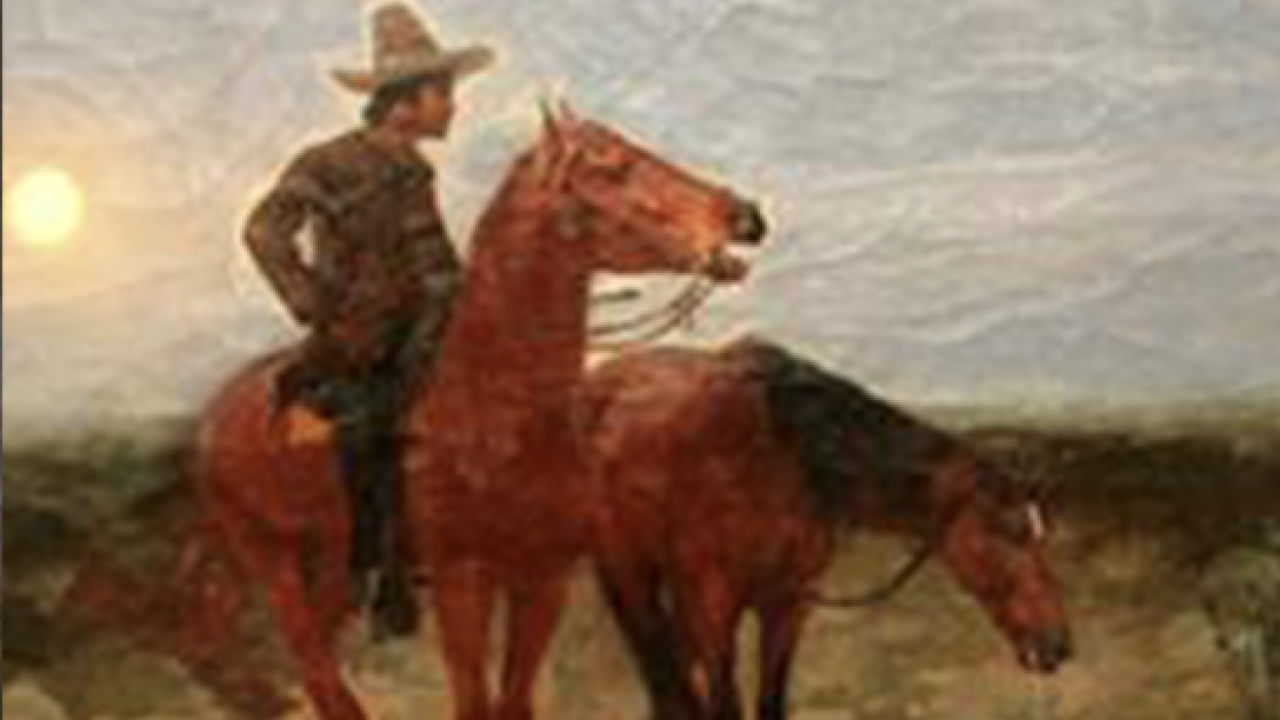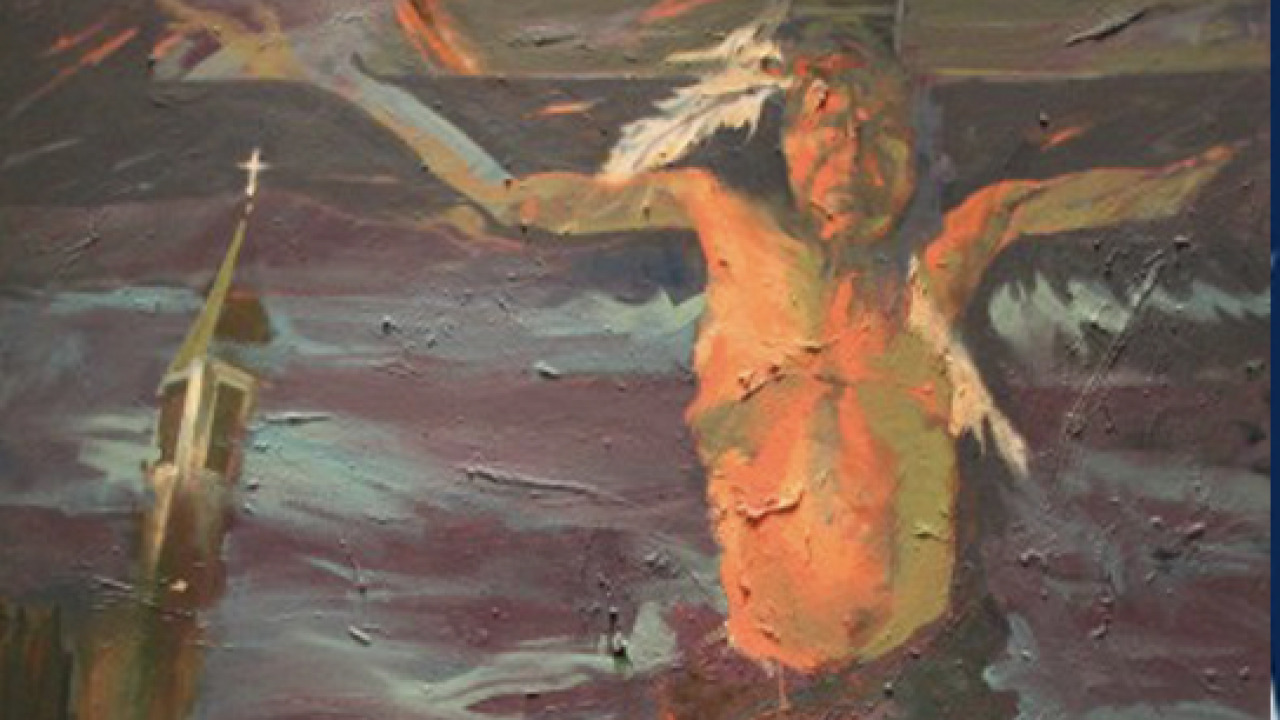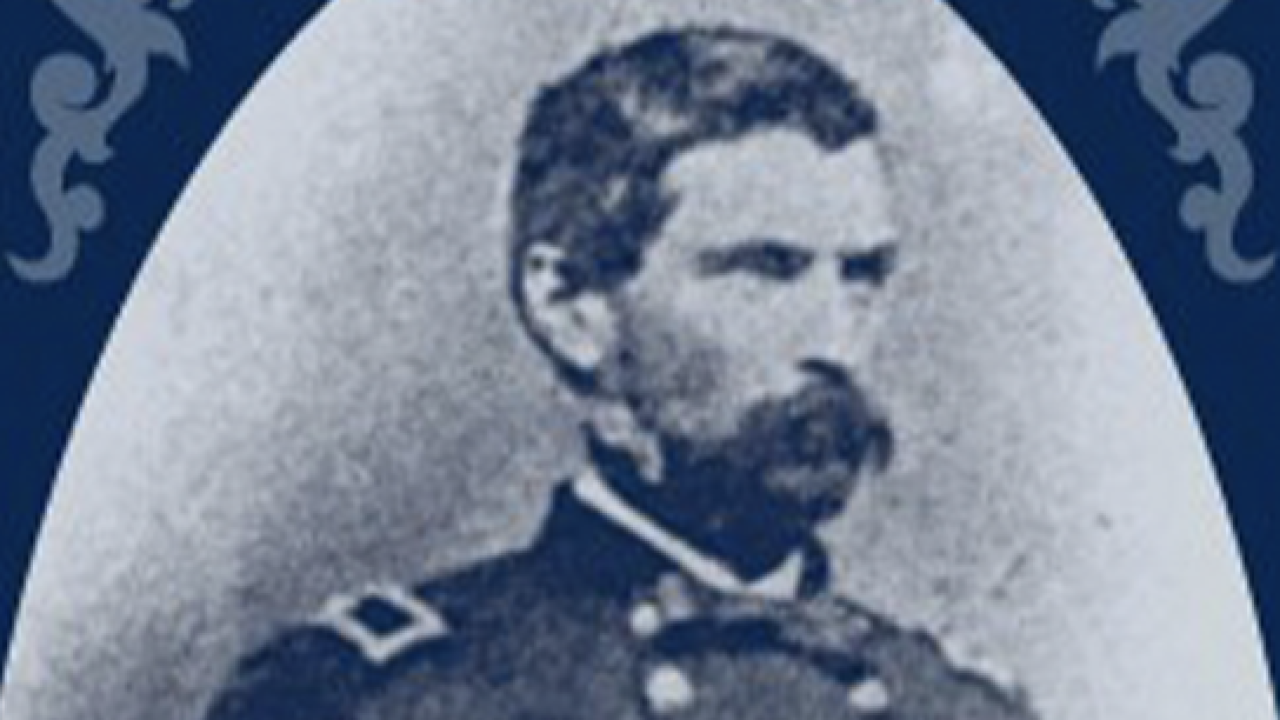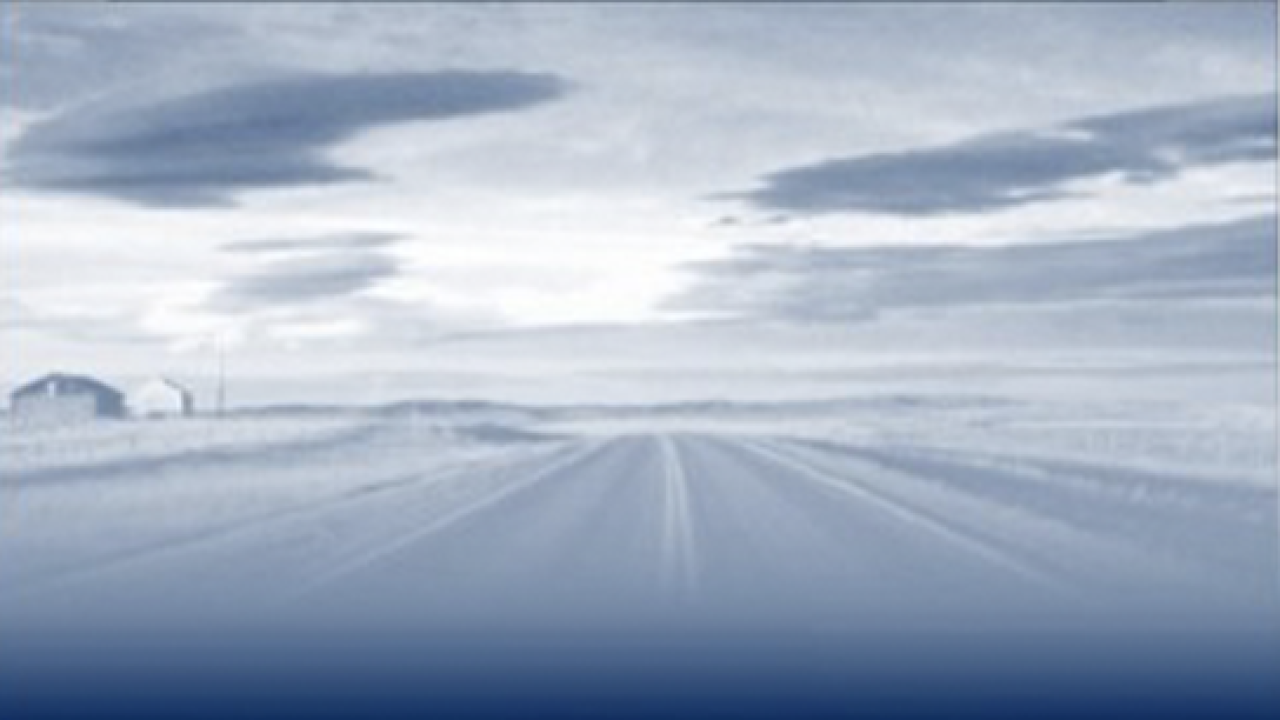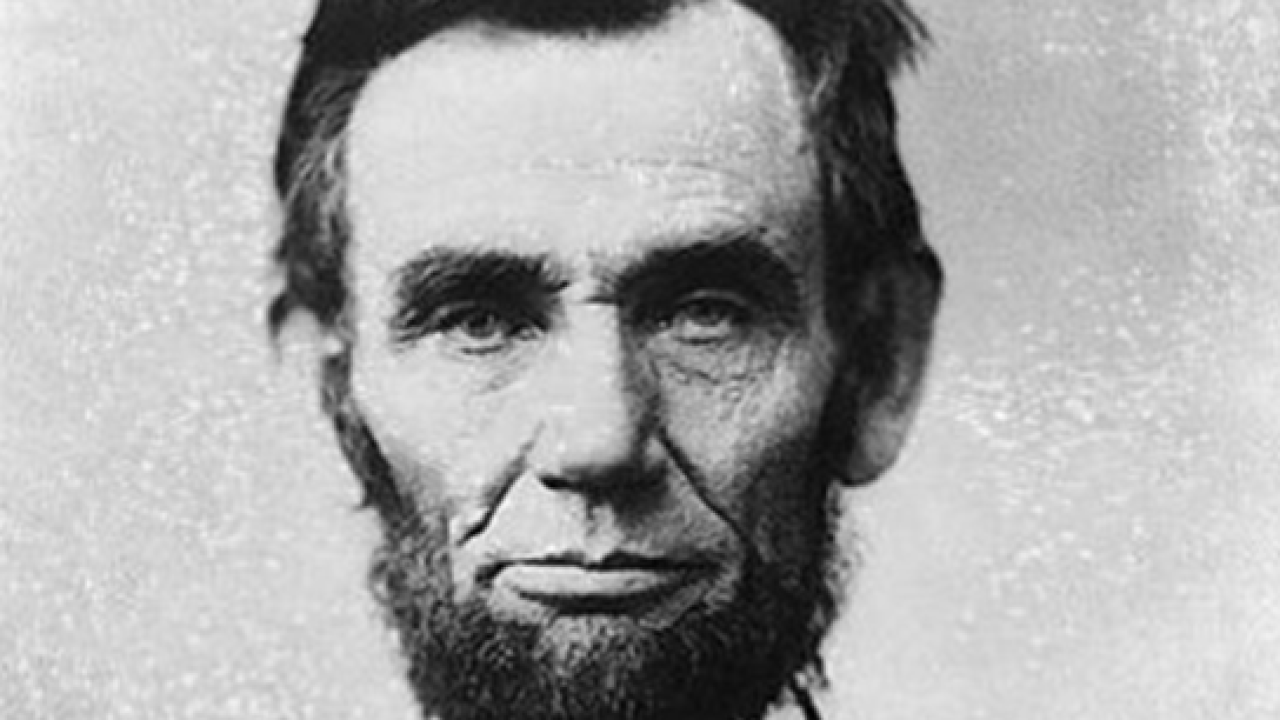The year 2023 marked the centennial of the revelation of Wyoming’s sensational Teapot Dome Scandal, which started under Harding and blew up under Coolidge in the early 1920s. Perhaps the most infamous presidential scandal until Watergate, Teapot Dome involved kickbacks from secret oil reserves in Wyoming and California and landed the secretary of the interior in prison.
The 55th Dakota Conference examined past and recent criminal activity and community responses in the hope of learning what the future holds for residents of the Northern Plains/West.
Thursday-Friday, April 27-28, 2023
